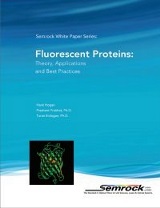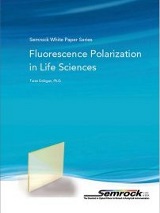-
IBS Coatings for Ultrafast lasers and Applications
by IDEX Health & ScienceIn optics, dispersion is the phenomenon in which the phase velocity of a light wave in the material depends on its frequency (wavelength). One of the most well-known examples of dispersion is the splitting of white light into its full spectrum of colors (wavelengths) as it passes through a glass prism. Chromatic dispersion also causes the focal length of imaging lenses to be wavelength dependent, and thus specially designed lenses are required to mitigate chromatic effects on image quality in applications like optical microscopy. Both of these examples of so-called material dispersion involve continuous wave (cw) light.
Full story
-
Fluorescent Proteins-Theory Applications and Best Practices
by IDEX Health & ScienceIn this article, the history and development of FPs is discussed, along with what they are and how they work. Applications of fluorescent proteins are covered, as are considerations for application success.
Full story
-
Fluorescence Polarization in Life Sciences
by IDEX Health & ScienceThe application of fluorescence polarization offers unique advantages over conventional fluorescence imaging and quantitation. However many resources provide a limited perspective on applications. This article is a concise review of various applications in life sciences that are based on fluorescence polarization.
Full story
-
The Application of High Pressure Connectors in UHPLC
by IDEX Health & ScienceAs UHPLC has gained a solid foothold in the market, some of the problems that have plagued chromatographers —like band broadening, split peaks, carryover, etc. — are beginning to occur with greater frequency in UHPLC. Learn more in this white paper.
Full story
